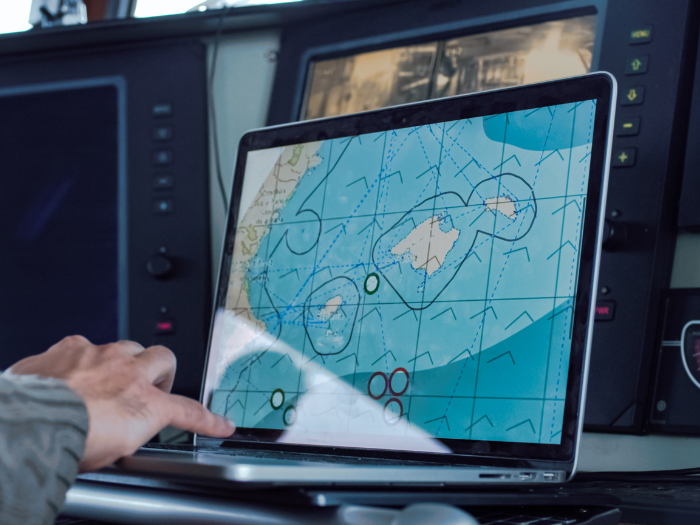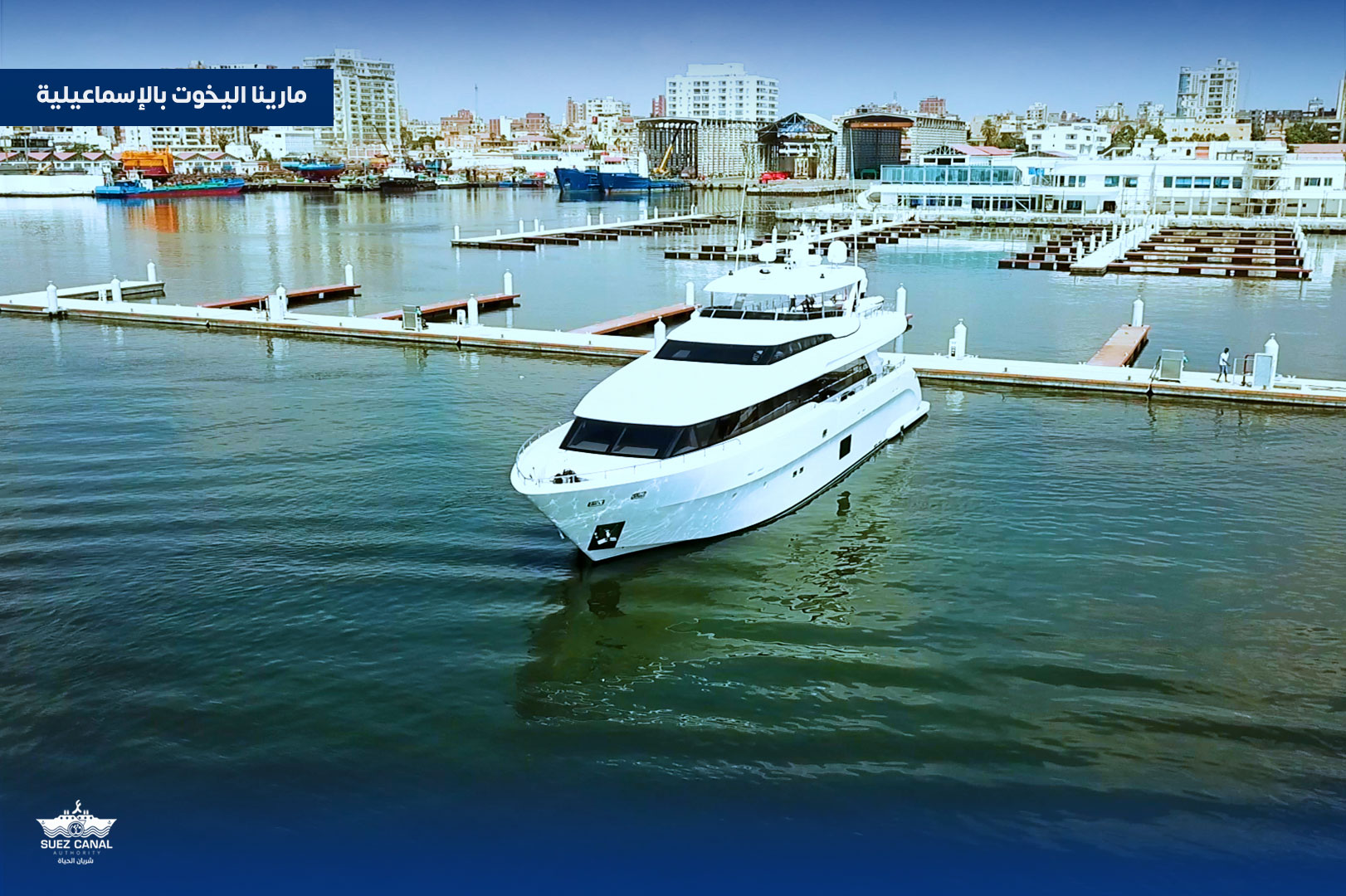by Ascenz Marorka
The environmental regulations are here to stay
Over the last years and months, we have witnessed an unprecedented pressure on the maritime industry to adopt environmentally friendly measures. In this respect, 2023 is a turning point with entering into force of the CII regulations. Yet, this year is just one among many others still to come with all the new regulations already adopted or being adopted (EU ETS, Fuel EU Maritime … ).
It is probable that more and more countries will set emission reduction targets and have initiatives to address it. Some governments are considering applying an actual financial cost to CO2 emissions to encourage shipping companies to act (e.g. EU, China, Japan … ).
Judging by the conclusions of the latest Intersessional Working Group on Greenhouse Gases (ISWG) and Marine Environment Protection Committee (MEPC), the industry is expected to adopt an even more ambitious GHG reduction strategy in the coming years.
These are exciting but challenging changes, because for many years, the industry has suffered from misalignment of the interests of the key stakeholders. Interestingly, the environmental imperative has helped unblock the situation by providing a common goal to all the players.
However, the experience has shown us that the most efficient way to drive the change, is to align environmental and economic considerations. At Ascenz Marorka, we believe that the digital innovations provide answers to these concerns with clear benefits.
Integrated Voyage Optimization
Digitalization can help optimize every single step of the voyage execution, in an integrated manner, leading to the improvement of the overall environmental footprint. In fact, to be effective, the digital transformation must be seen as a continuum: from the ship to the shore and from the sensors to the cloud.

While there are numerous relevant digital features for the ship owners and the charterers to improve their operations in relation with the environmental regulations, we will focus on a few practical items with demonstrated benefits.
Speed and Route Optimization
Ascenz Marorka advanced route optimisation solution is capable of advising the best route optimizing numerous parameters (e.g. time, distance, cost, emissions, motions…).

Furthermore, the algorithm takes into consideration many constraints (e.g. ship particulars, weather limitation, engine limitations, cargo type, specials areas, traffic separation schemes … ).
In order to provide the most accurate advice, the software uses the vessel’s digital twin built based on the available vessel data and parameters. It takes into account the sailing conditions (e.g. draft, speed, fuel…) and the environmental conditions (e.g weather factors). This can include the vessel’s dimensions, sea trials, noon reports, maintenance records, sensor data …
Depending on the optimization criteria selected by the user, the routes can be very different.

In the above example, we see three routes corresponding to three different criteria:
- Least fuel in orange
- Shortest distance in purple
- Lowest total cost in blue
In this simulation, other parameters has been set and taken into consideration like the daily costs, the fuel costs, the minimum speed and maximum speed. In this example, the savings achieved in the “lowest cost” scenario in comparison with the “shortest distance” scenario is about 10%.
Hull and propeller performance monitoring
Speed drop is used to evaluate the hull performance. Timely maintenance of the hull and the propeller results in significant fuel cost savings through.

For most vessels trading internationally, hull resistance increases over time between dockings. The increase in resistance depends on many factors (e.g. environmental) which cannot be controlled; but also on decisions made on maintenance, paint and operations of the vessel. Simple measures like moving vessels every 5 days when idle can in some cases prevent heavy fouling and well-timed hull cleaning can do so as well. In a single docking cycle, it is common to see resistance increase towards end of year 5 by greater than 30% and cost of resistance in a docking cycle is up to 20% of the total cost.

Data gathered from daily vessel operations are used to advise on the propulsion performance. For instance: if the hull condition is monitored and managed, a VLCC which consumes 60 MT/d at 13kn on a laden voyage with 200 sea passage-days consumes approximately 60.000 MT of fuel in one docking cycle. An unmanaged sister vessel consuming same amounts per day out of dock which is impacted by ordinary fouling can consume over 70.000 MT in the docking cycle. At an average bunker price for the past 3 years, the difference in fuel cost between those two vessels is 3 Million USD.
Engines load optimization
The concept of “machinery load” optimization and “parallel operation” reductions can be used for energy saving purposes. The load profile for a multi-machinery setup provides valuable information on how-to optimize the load sharing strategy (e.g. reducing parallel run). The experience have shown us that most ships and engine types and ages have an improvement potential in the optimization of engine efficiency. In fact, running redundant auxiliary engines excessively is a very common behavior even when the safety of the operations does not require it. This can be addressed by the proper tools.

Below is an overview of 5 sister vessels on similar trade delivered in 2017 and 2018, all with new engines that can take high load.

The crew of 3 out of 5 vessels ensures minimum running hours of redundant engines while the crew of the other two sister vessels did not. The most extreme excess cost in a single calendar year for the worst performer in this class is 72k USD considering both operational expenses and fuel cost. By subscribing to automatic alerts, the redundant hours have been heavily reduced resulting in significant cost savings compared to the baseline state.
Trim optimization
The trim and/or draft of the ship influences the hull resistance and therefore the fuel consumption. Better trim and draft will reduce the resistance and therefore less engine power is required which leads to a lower fuel consumption. This energy saving measure requires a good understanding of the relationship between trim, load and propulsion energy consumption by providing an overview of these important operational parameters and their effects on performance.

In the bellow example, we can see two ships chartered by the same charterer, with real time onboard advisory system of trim optimization solutions shows a collective fuel savings of 2.4%. The two vessels completed 40 voyages within a year, with each voyage range between 5 to 20 days long.

Average annual fuel savings based on optimized trim for both vessels amounts to 885MT/year of fuel.
LNG Cargo conditioning
LNG carriers have to meet the terminal requirements in order to be allowed to unload the cargo. The requirements define acceptable ranges for different parameters like LNG composition, Gross Heating Value, Wobbe Number, LNG density, Saturated Vapour Pressure, Temperature…
During the laden journey, new commercial instructions might be received leading to a change in the time of arrival and/or the discharge port. When this happens, the LNG cargo may be in unacceptable condition for the new discharge terminal.
In close collaboration with GTT, Ascenz Marorka has developed a solution for cargo conditioning for LNG carriers. The tool calculates from expected unloading condition (e.g. LNG temperature/ saturated vapor pressure), the amount of LNG that requires to be evaporated, minimizing the cargo loss and thus the emissions.

For a voyage from Sabine Pass to Dunkirk, we can see the impact of different operational decisions.
The charts below show the total cargo lost for a given laden speed (from the table above) and a given unloading temperature.

Of course, the flexibility of the unloading time and temperature is subject to commercial considerations. Moreover, the sensitivity analysis can be pushed further by taking into consideration other parameters like the distance (route). However, the example shows that the variation of key parameters can result in big difference in cargo loss. In this example, the magnitude of the possible variation is (2579 – 424) = 2155 cbm = 482 720 USD (with the assumption of 10 USD/MMBtu).
CII monitoring, prediction and optimization
The continuous monitoring of the CII with reliable means ensures that all vessels are complying with the expected rating and helps identity vessels that need to improve their operational performance.
The trending of CII of the fleet helps the companies predict the impacts on their operations and business.

Beyond CII, since the regulation keeps evolving, it is important to have a flexible and comprehensive approach to the environmental reporting.
Conclusion
Developing technologies for a sustainable ships requires solid convictions, a lot of imagination and constant innovation efforts. At Ascenz Marorka we are driven by this ambition. To tackle the new challenges the maritime industry is facing, we need to combine various skills and complementary technologies. While answering the operational requirements, the new solutions must comply with the highest safety standards and remain simple. It is a fact that digitalization offers a large potential for voyage optimization and emissions reduction. However, the technological sophistication must go hand in hand with simplicity to increase adoption and reduce the risk of human errors.
Want to discuss? Reach us on www.ascenzmarorka or at [email protected]















